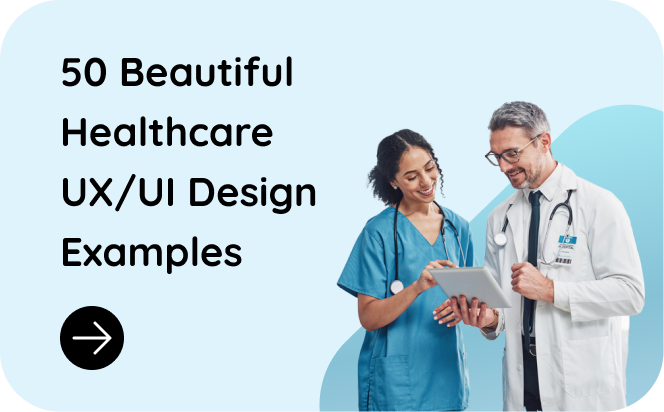Validation is an important aspect of the decision-making exercise, and even more so when its radius of impact spans millions of users who are touched directly or indirectly by the product. A seemingly simple decision such as the correct placement of a button can bring down the error rate and boost the usability score, leaving you with a more efficient and easy-to-use product.
There are several user testing methods that can help you validate a new feature or enhancement with minimal to modest effort engagement – here is a list.
UX Methods for User Testing
Card Sorting
In a card sorting session, participants organize topics into categories that make sense to them and label them into groups.
Prototyping
A prototype is a simulation or sample version of a final product, which is used for testing prior to launch.
Eye Tracking
Eye tracking involves measuring the motion of the eyes while the user views the design.
Remote Usability Testing
Remote usability testing allows one to conduct user research with participants in their natural environment.
A/B Testing
A/B testing is a method in which the best alternative is determined between two versions.
Click Tracking
This method examines what a test participant would click on first on the interface in order to complete their intended task.
User Testing is often perceived to engage in huge efforts with an undefined value. We have implemented testing as practice in our solutioning process and affirm that it doesn’t always have to be like that. Depending on your team structure and availability of resources, you can permute and combine these user testing methods to your advantage and slowly integrate them into the product development process.
The key essentially lies in the ability to interpret these findings, and a good UX team with expertise in conducting and evaluating them can help you extract the best of it. This can further help you gain vital insights into how users will use your product and align it in a way which leads you to achieve your business goals. A true win-win!
Advantages of User Testing for your Enterprise Scale Product
The User’s Perspective

We are often misled by our assumptions of what the users want and how they would react to a particular interaction in a workflow. Taking your user’s perspective into account can unearth roadblocks or areas of potential lag which can be fixed within the conceptualization phase. It is important to note that there could be multiple user types that interact into the system and while one group could find the solution compatible with their needs, another primary group might struggle in performing their tasks. Several seemingly low-weighing factors such as the user’s environment, education, devices used, etc. turn out to be major contributors in defining the overall usability.
Lower Effort and Resource Engagement

By conducting light validation exercises you could determine the better performing aspects from the problem areas at an early stage of solution development. It is more economical to provide your users with 3 interactive prototypes and ask them to perform the given task than enhancing the developed solution based on the user’s feedback post-implementation.
Building prototypes and conducting interviews for usability testing involves 1/7th of the effort compared to testing on a developed solution. It helps save up on repeated effort allocation that is usually required in a scenario sans testing. Besides helping you identify the right direction, user testing helps you build a better understanding of your users and their thought models.
Quick Wins

You don’t really have to wait until deployment for the surprises! Testing on the go gives you a fair overview of how successful your solution will be and how it performs with realistic trends, statistics and other quantifiable data.
Successful product companies are known for continuous testing with a smaller group of users to continuously enhance the value of their product. This feedback is channeled back to the development team which integrates the findings and suggestions into subsequent releases. Not only does this make sure your product returns a better value, it helps you constantly innovate and keep up with the needs of the evolving technology scape. There is nothing more delightful than a future-ready Enterprise product.
Closing Thought
The current pace of innovation demands Enterprise Systems that capture the delight of consumer-grade UX. We at Koru, have worked on over 250 products and helped enhance their development cycles to include the promising value of UX. Driven by the user, and with the goal of meeting the business needs, these solutions build the right balance of both.









